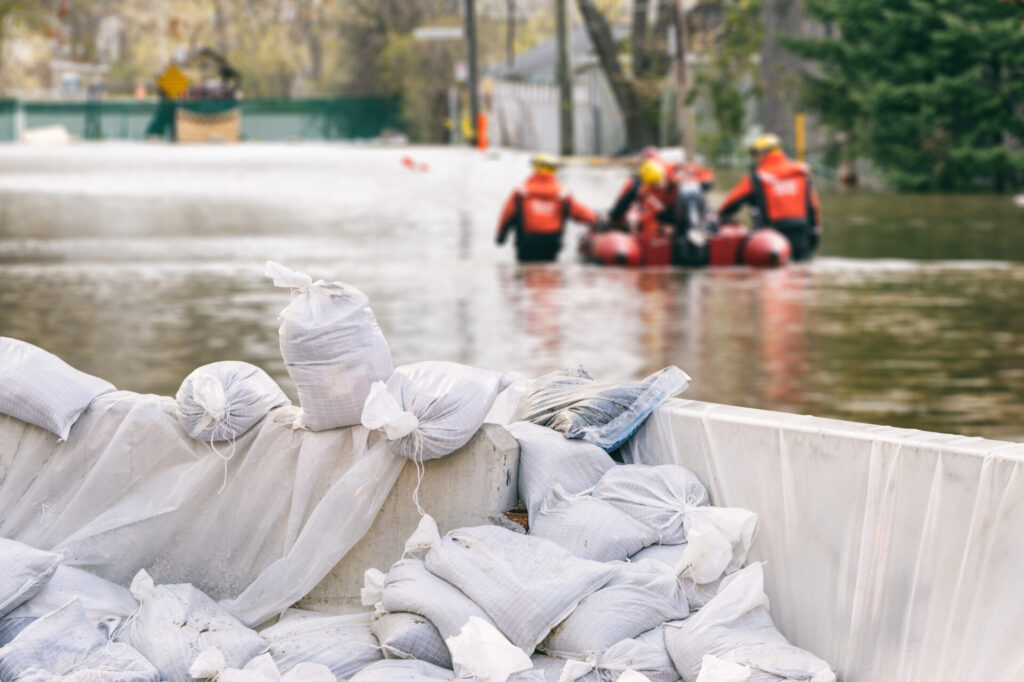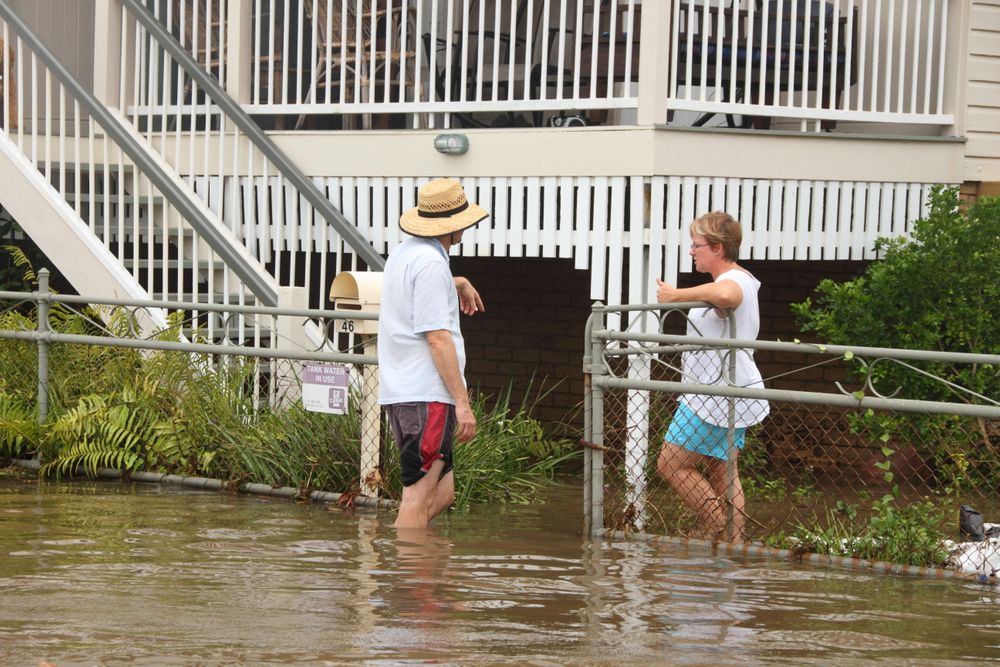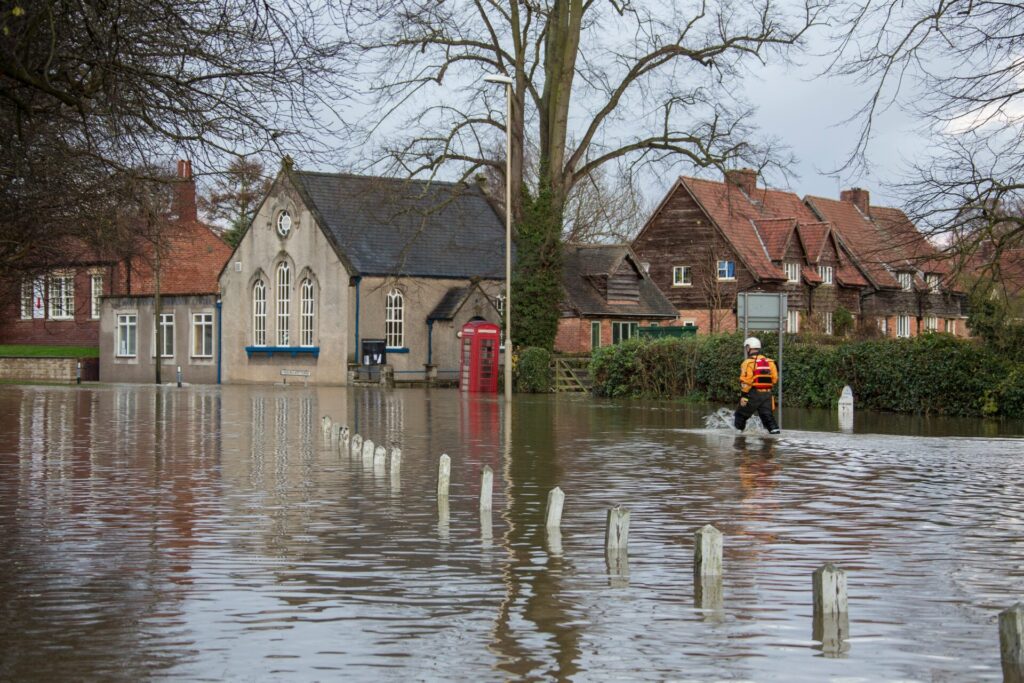Riverine flooding, also known as fluvial flooding, is one of the most common extreme weather events linked to climate change. It occurs when rivers or streams break their banks and flood the surrounding land.
River flooding, also known as fluvial flooding, is one of the most common extreme weather events linked to climate change. It occurs when rivers or streams break their banks and flood the surrounding land.
Climate change has commonly resulted in higher temperatures, causing more water to evaporate from the land and oceans. These unstable weather systems are changing the size and frequency of rainfall, resulting in increased flooding events.
As our planet’s atmosphere and the ocean continue to warm, evaporation rates, ambient temperatures and humidity levels are rising in our atmosphere.
Higher levels of humidity in the atmosphere lead to heavier downpours. This increase in rainfall quantity leads to runoff and a higher likelihood of flood events.
Changes in weather patterns lead to more frequent rain events. Prolonged downpours saturate the ground and waterways, leading to a higher likelihood of flood events.
Learn more about how climate change is expected to impact New Zealand property.
Learn more about how climate change is expected to impact Australian property.
Learn more about how climate change is expected to impact property in Canada.
Learn more about how climate change is expected to impact American property.
Learn more about how climate change is expected to impact European property.
Learn more about how climate change is expected to impact property in the United Kindgom.
Climate Risk Engines use datasets from the past 20 years to calculate flooding probability, combining this information with satellite data and algorithms to account for local conditions. Contextual information used to determine risk of riverine flooding in an area include local rainfall data, surrounding waterway depths and previous records of flooding events.
Historical rainfall patterns for the local area will impact the probability of riverine flooding.
Proximity to rivers and waterways will impact the likelihood of overflow.
Previous flood records help predict future conditions.



Climate Valuation analysis considers the design, materials used and height above ground for each individual property to provide a comprehensive view of the current and future flood risks to property.
The vulnerability of a property to flooding is driven by the characteristics of the building (e.g. floor height, building materials, foundation type). Building materials respond differently when exposed to water. Therefore, properties built or retrofitted with flood-resistant materials (e.g. concrete or glass block walls, metal doors and waterproof membranes) along with elevated ground levels and flood-specific foundations have lower vulnerability to flooding when compared to those without these materials and features.
Find out the risks to your property with a FREE site check
< Insert search bar >
Website developed by The Marketing GP